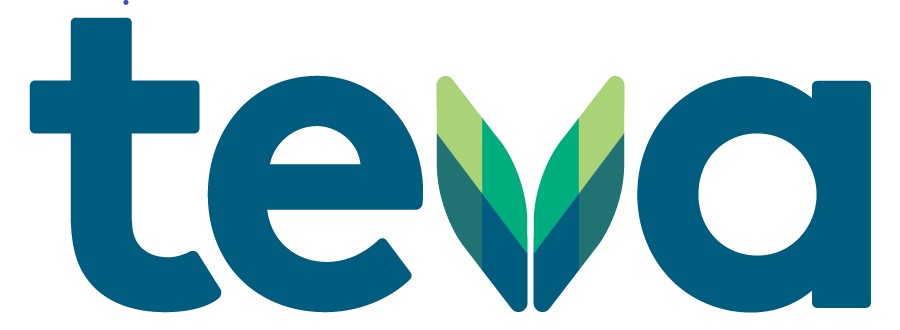In the complex world of healthcare, getting timely approval for treatments and medications is often an uphill battle. Prior authorizations and appeals can delay access to care, frustrate patients, and strain providers. When it comes to conditions like lupus, where disease activity fluctuates and swift intervention matters, clear and objective evidence is crucial to support coverage requests.
One way to help our lupus patients is by harnessing SLEDAI (Systemic Lupus Erythematosus Disease Activity Index) to strengthen our prior authorizations and appeals submissions.
What is SLEDAI?
SLEDAI is a well-validated clinical tool used to measure disease activity in patients with systemic lupus erythematosus (SLE). It assigns weighted scores to various clinical and laboratory findings, creating an overall numerical summary of disease activity.
Examples of items in the SLEDAI score include:
- Seizures
- Vasculitis
- Arthritis
- Proteinuria
- Hematuria
- Low complement levels
A higher SLEDAI score indicates more severe disease activity.
Why Use SLEDAI in Prior Authorizations and Appeals?
1. Objective Documentation of Disease Activity
One of the biggest challenges in prior authorizations and appeals is demonstrating why a treatment is medically necessary. SLEDAI provides quantifiable, objective data that highlights the patient’s disease burden. Payers are more likely to approve requests when they see hard clinical evidence rather than subjective descriptions.
2. Demonstrates Treatment Necessity
When requesting access to biologics, immunosuppressants, or off-label medications, insurers often demand proof that a patient’s disease is moderate to severe or refractory. A high SLEDAI score directly supports the need for advanced therapies, making it easier to justify the request.
3. Tracks Disease Progression Over Time
Appeals often hinge on showing disease progression or lack of response to prior treatments. By comparing successive SLEDAI scores, providers can clearly demonstrate worsening disease or failure of current therapies — a powerful argument to escalate treatment.
4. Aligns with Clinical Guidelines
Many lupus treatment guidelines reference SLEDAI as part of disease assessment. By using this index in submissions, providers align their documentation with best practice standards, which strengthens the credibility of the request.
5. Facilitates Communication with Payers
Payer reviewers are often not specialists in rheumatology. A simple numerical summary like the SLEDAI score helps translate complex clinical data into a format that is easier for non-specialist reviewers to understand and act upon.
Practical Tips for Using SLEDAI in Submissions
- Include the raw score and date in prior authorization letters
- Attach supporting clinical notes or lab data
- Highlight changes over time if applicable
- Reference relevant guidelines or literature when needed
There are various on-line tools and apps to assist with calculating SLEDAI. Here is one you can review. https://rheumcalc.com/sledai/
Please note that we do not recommend one over the other. Always check with your physicians.
Conclusion
Incorporating SLEDAI into the prior authorization and appeal processes can streamline approvals, reduce administrative burden, and ultimately help patients access the care they need faster. By transforming subjective symptoms into objective evidence, SLEDAI empowers providers to advocate more effectively for their patients. It also helps streamline workflows, an important benefit in modern rheumatology practice management, where time and documentation efficiency are critical to patient access.
Tags: lupus, medical offices, national organization of rheumatology managers, NORM, rheumatologists, rheumatology, tips for office managers Posted by




















